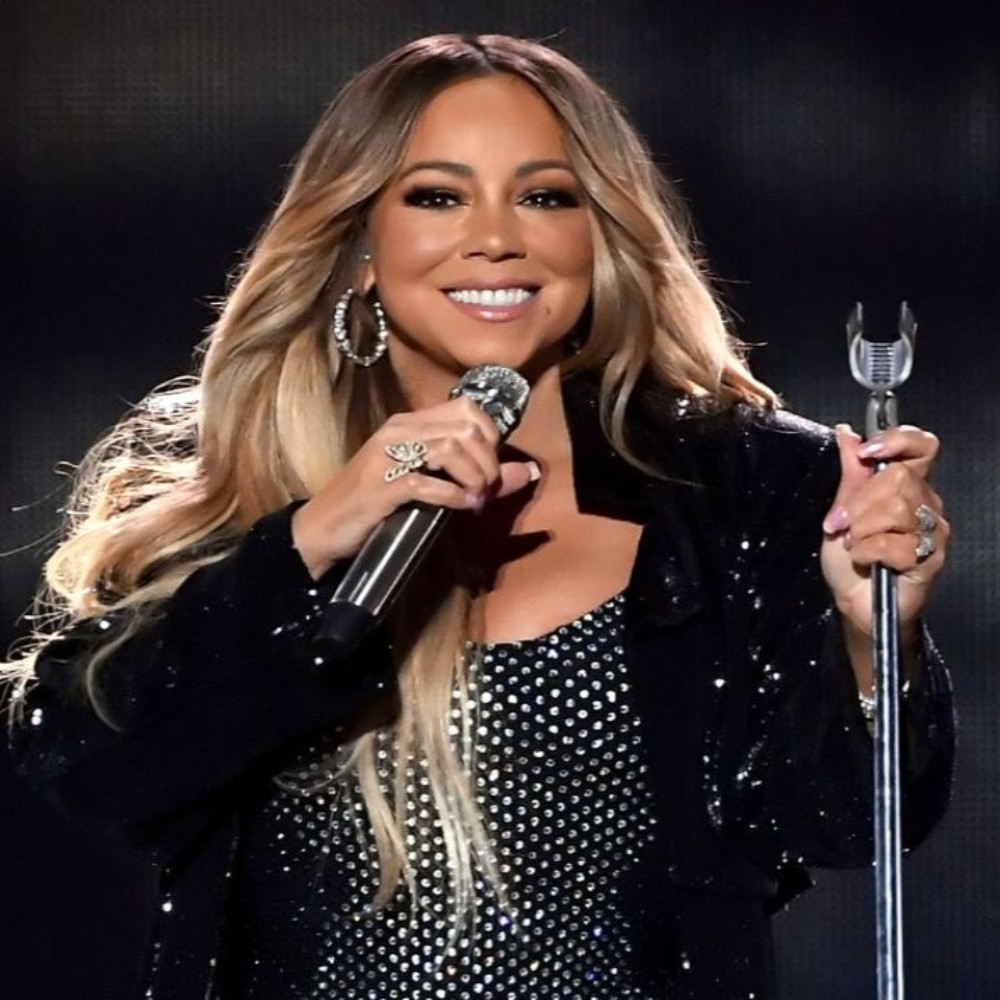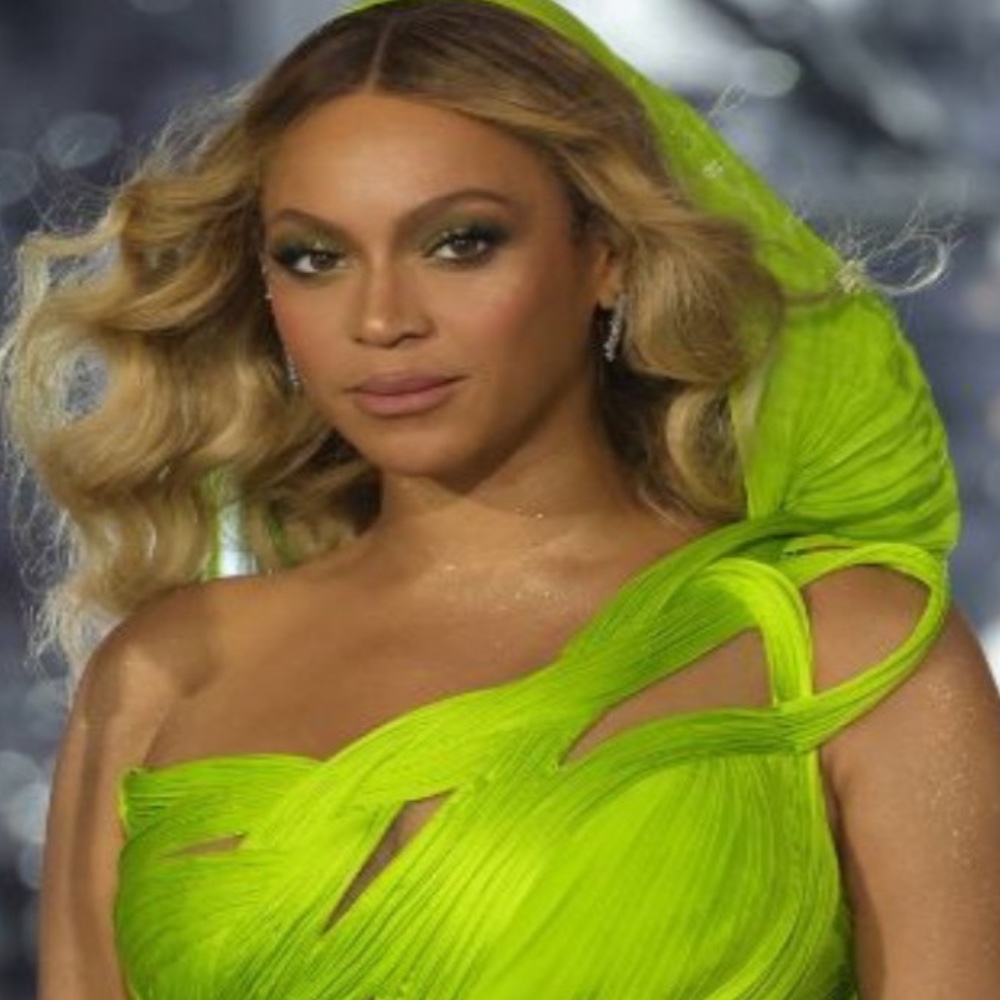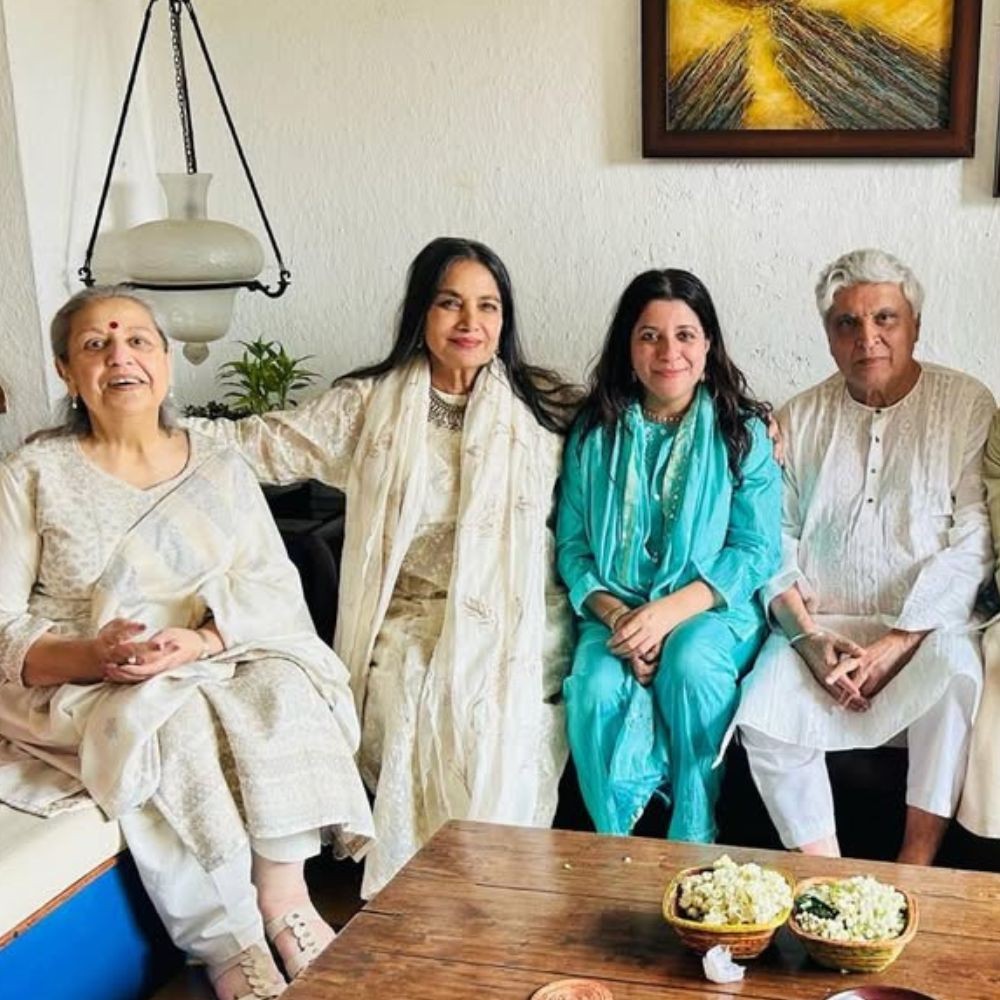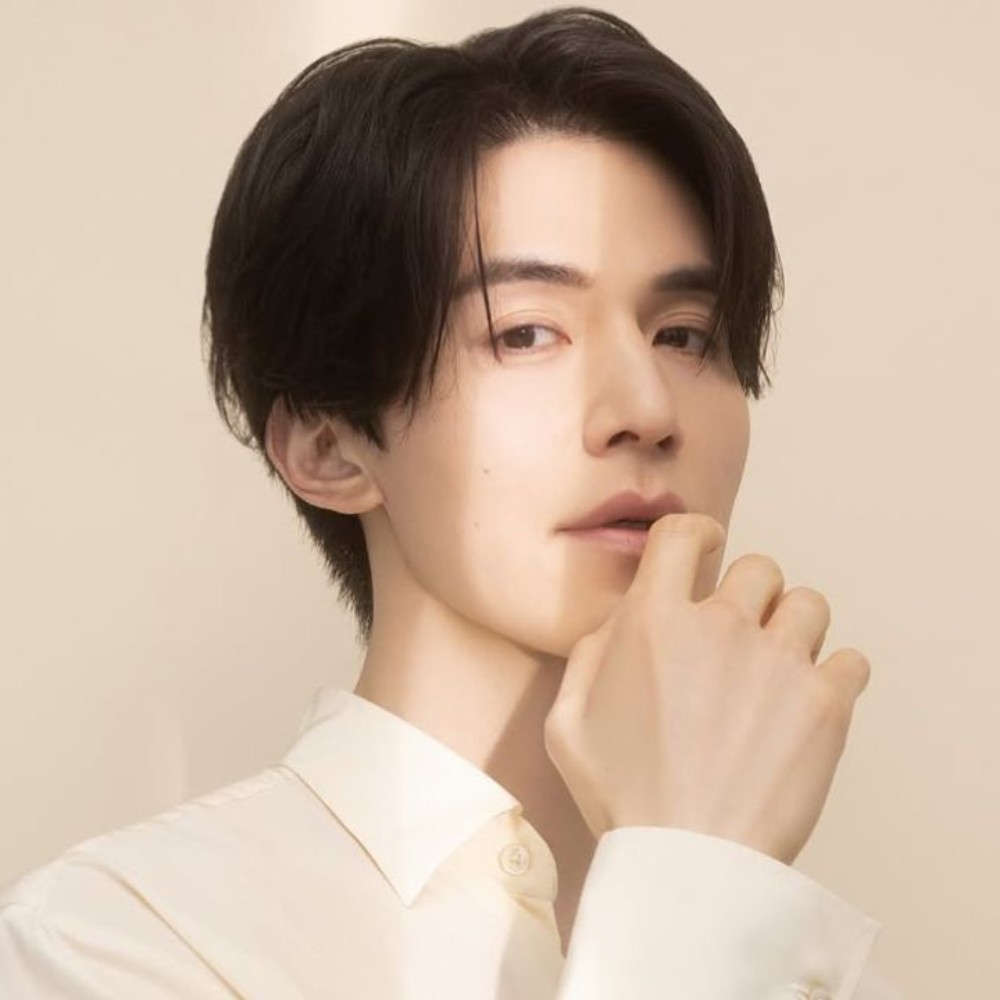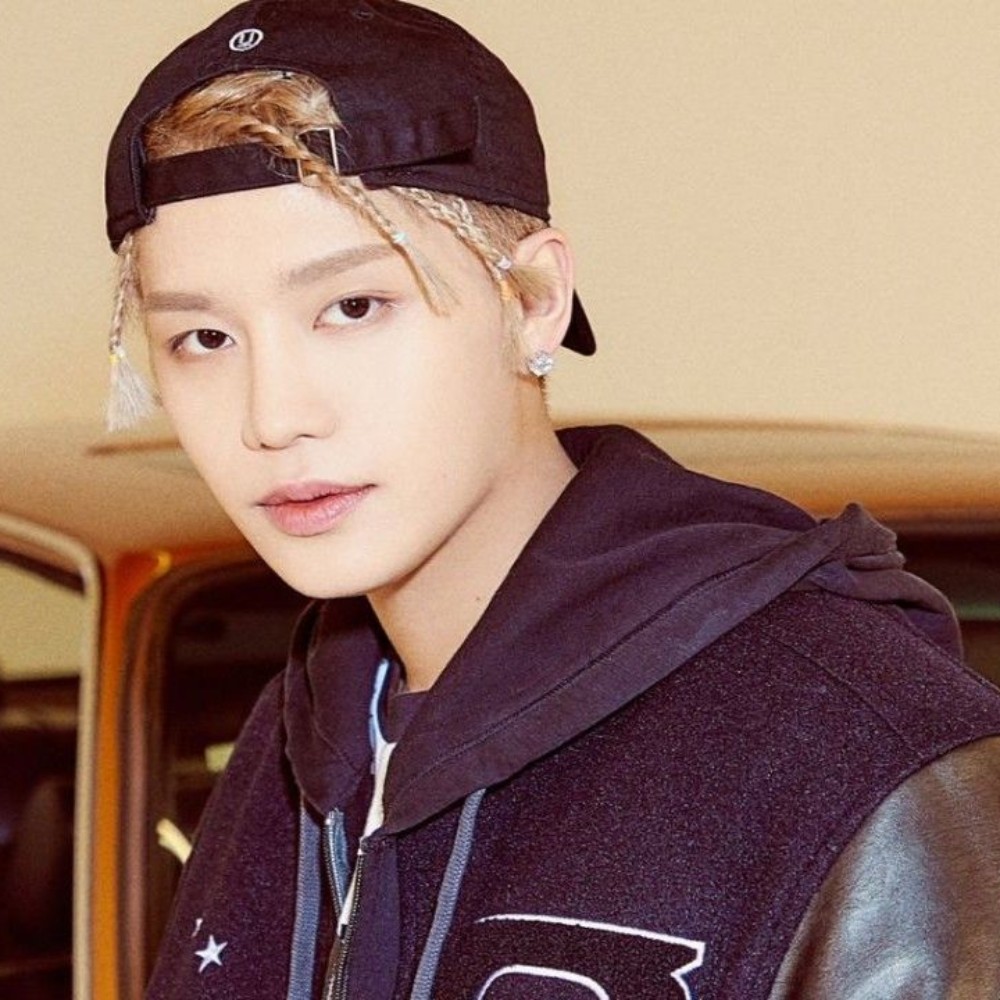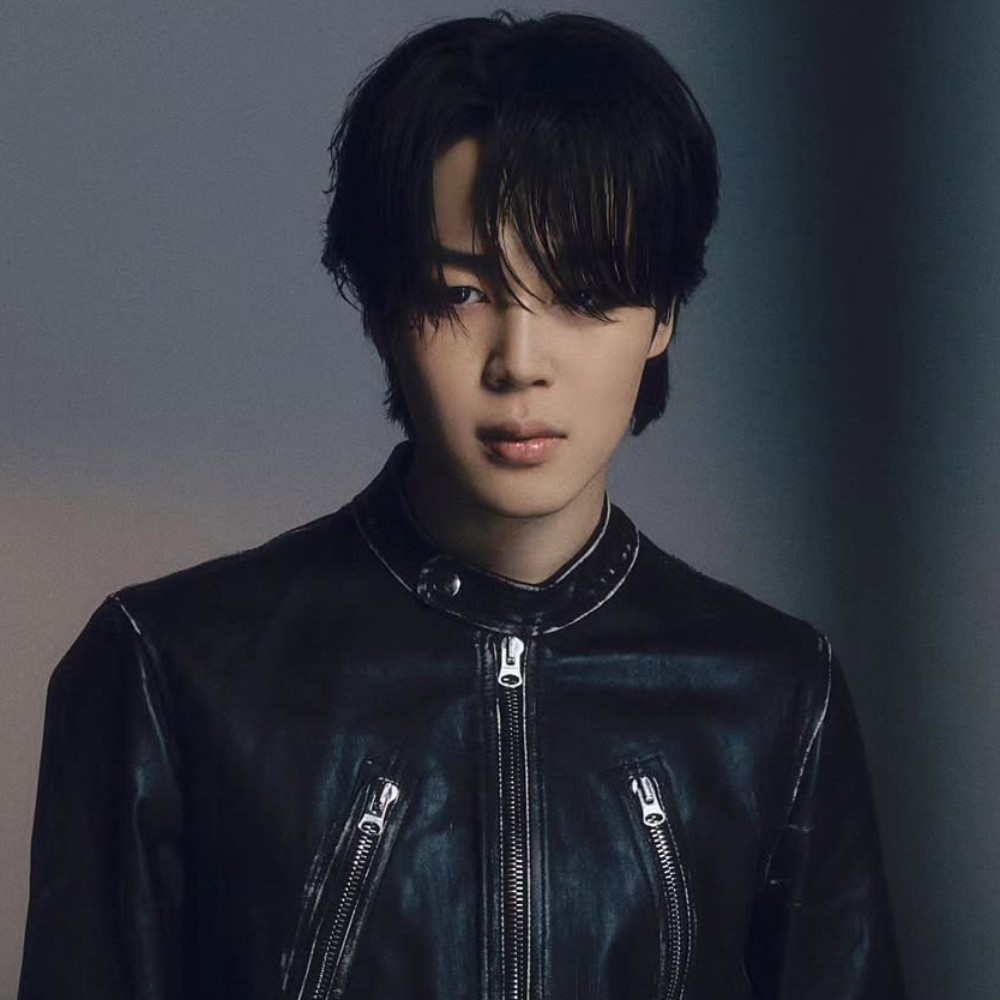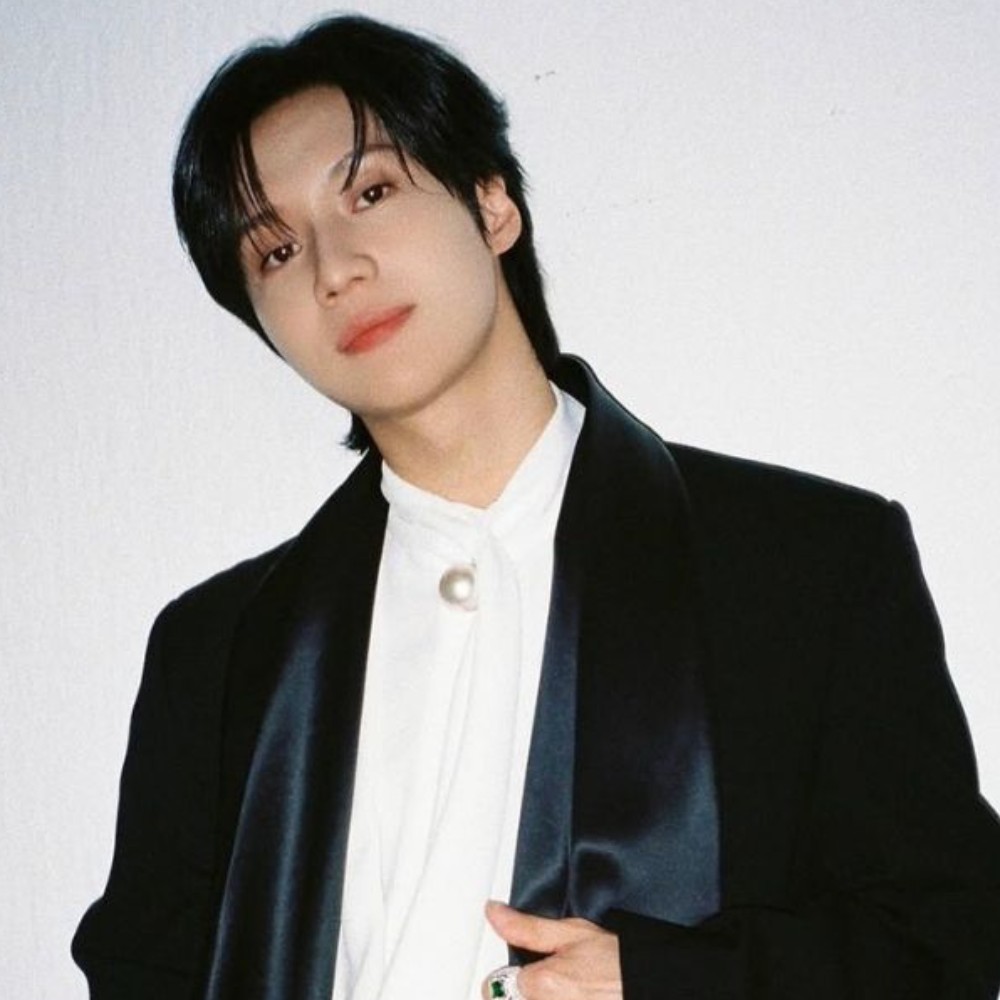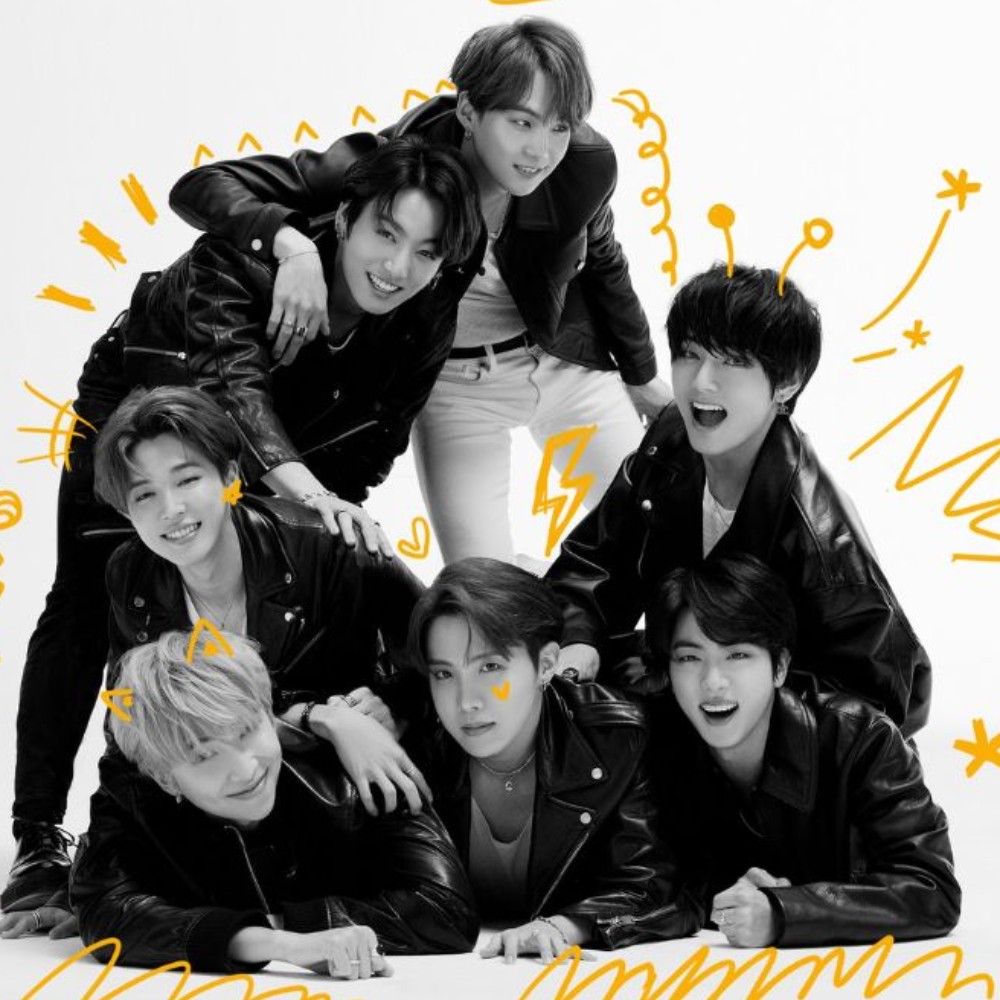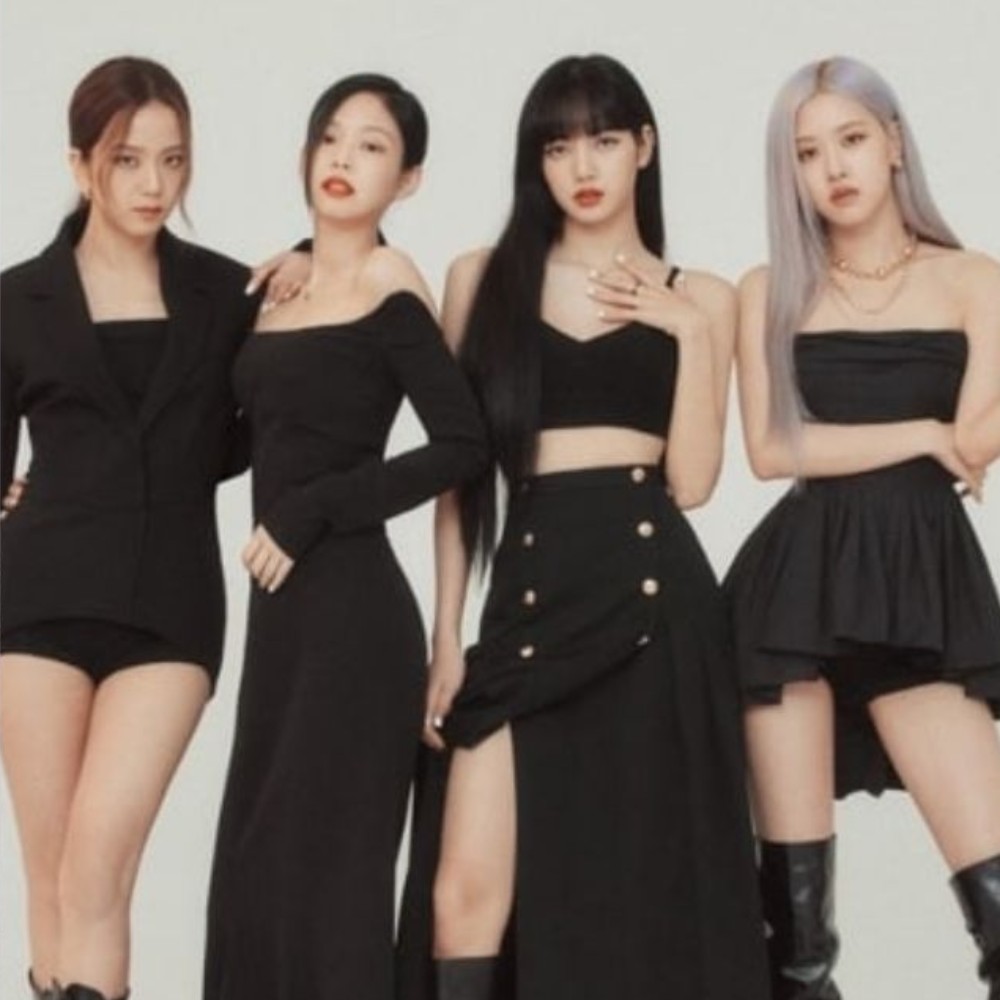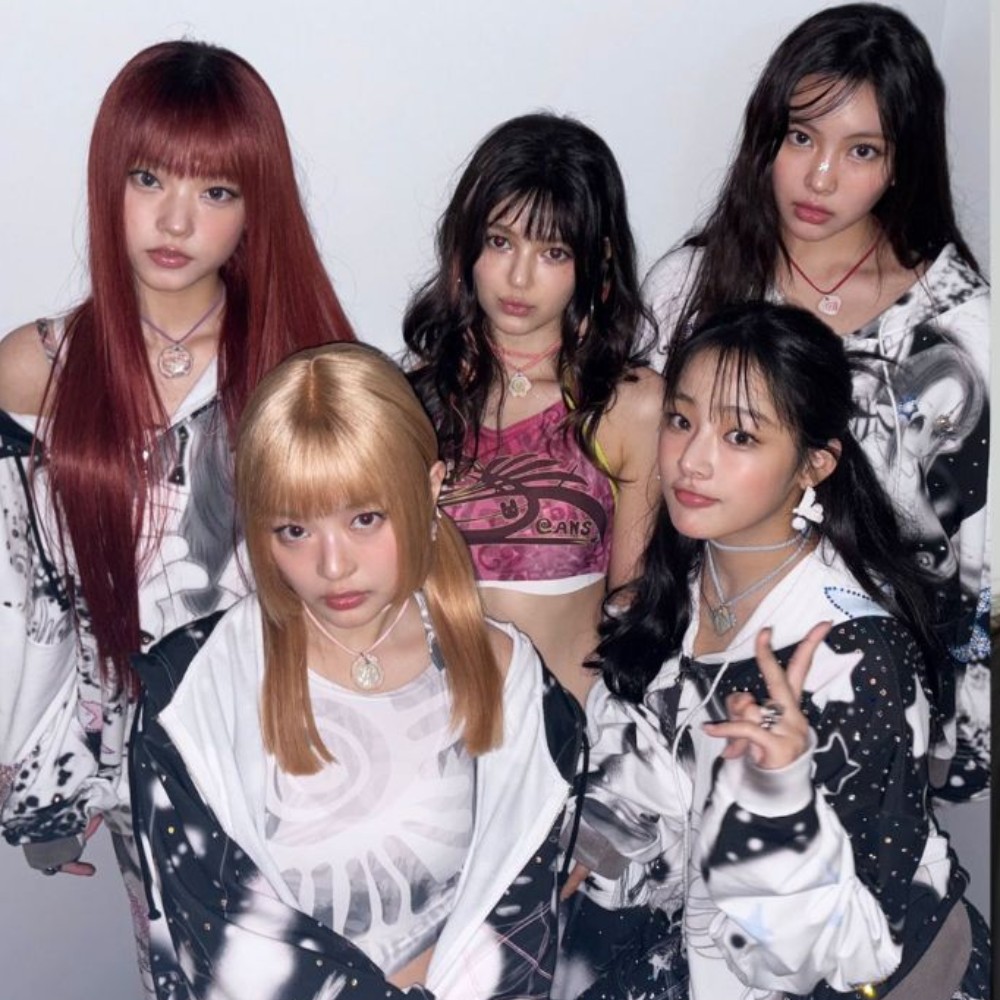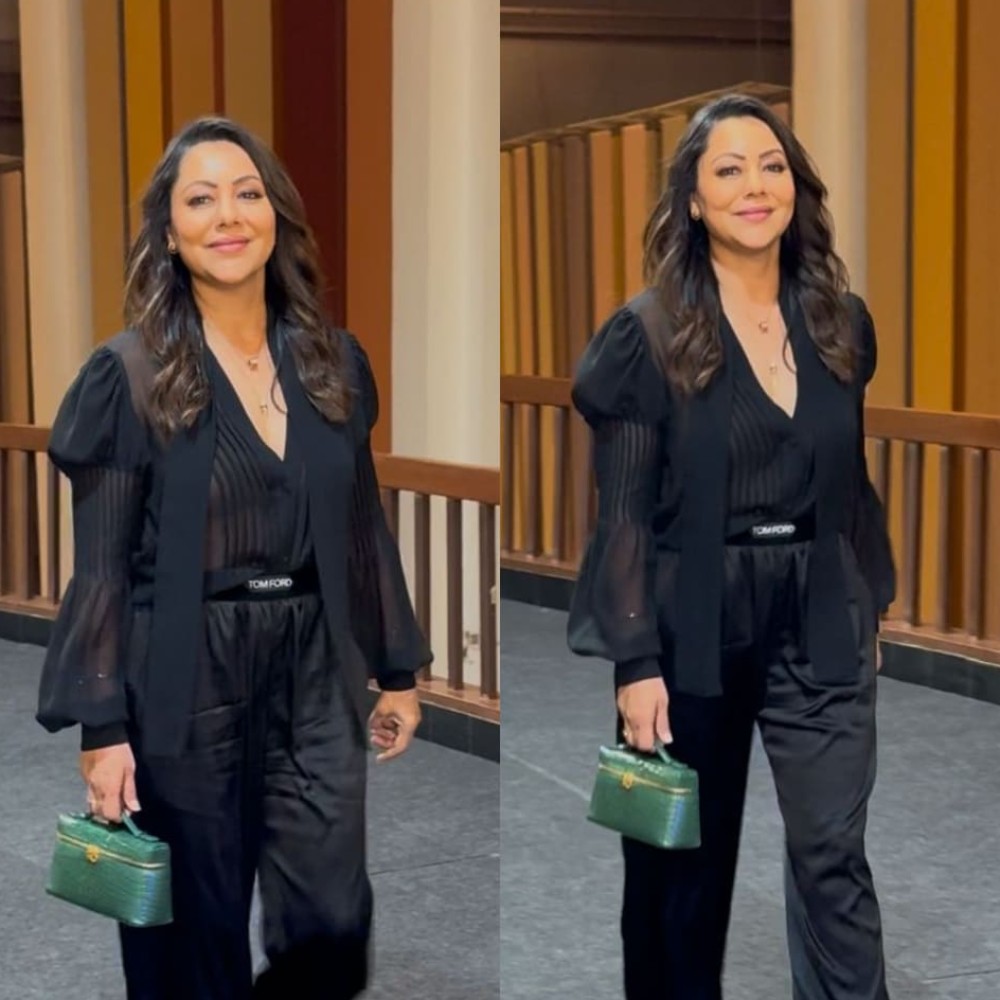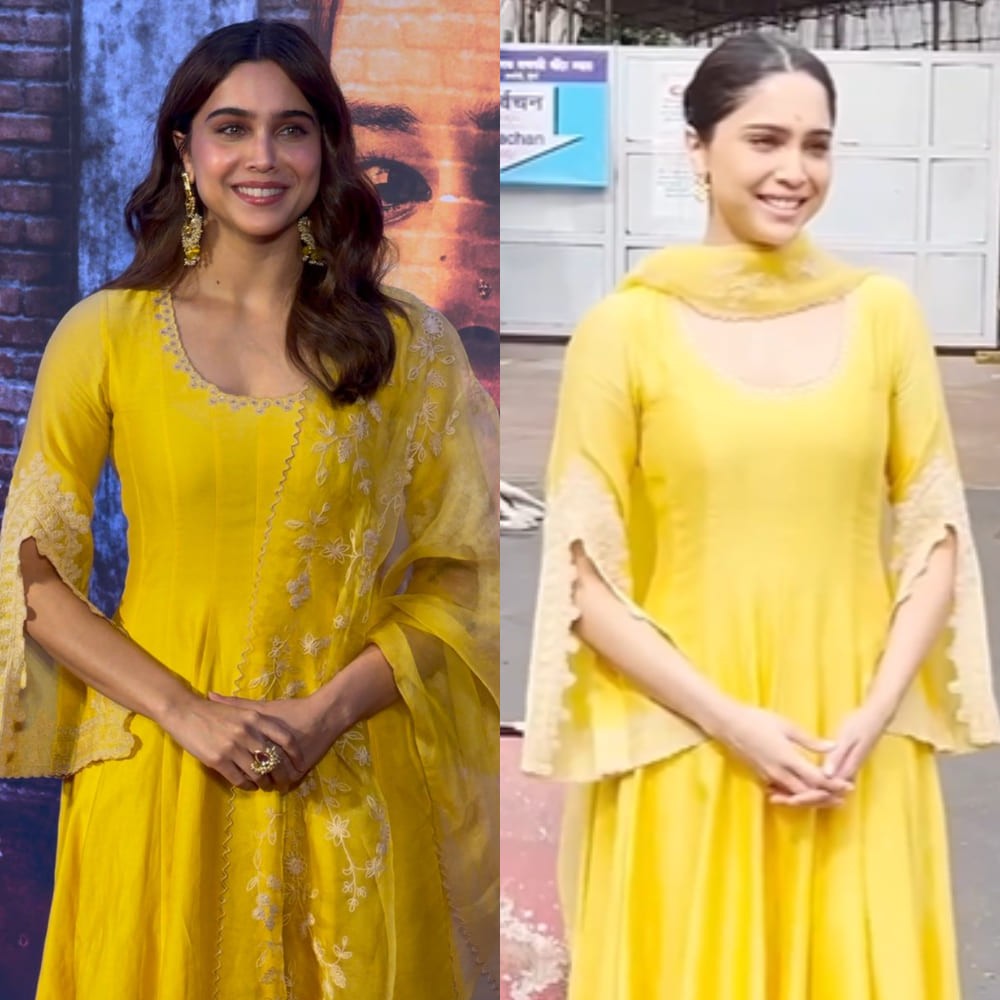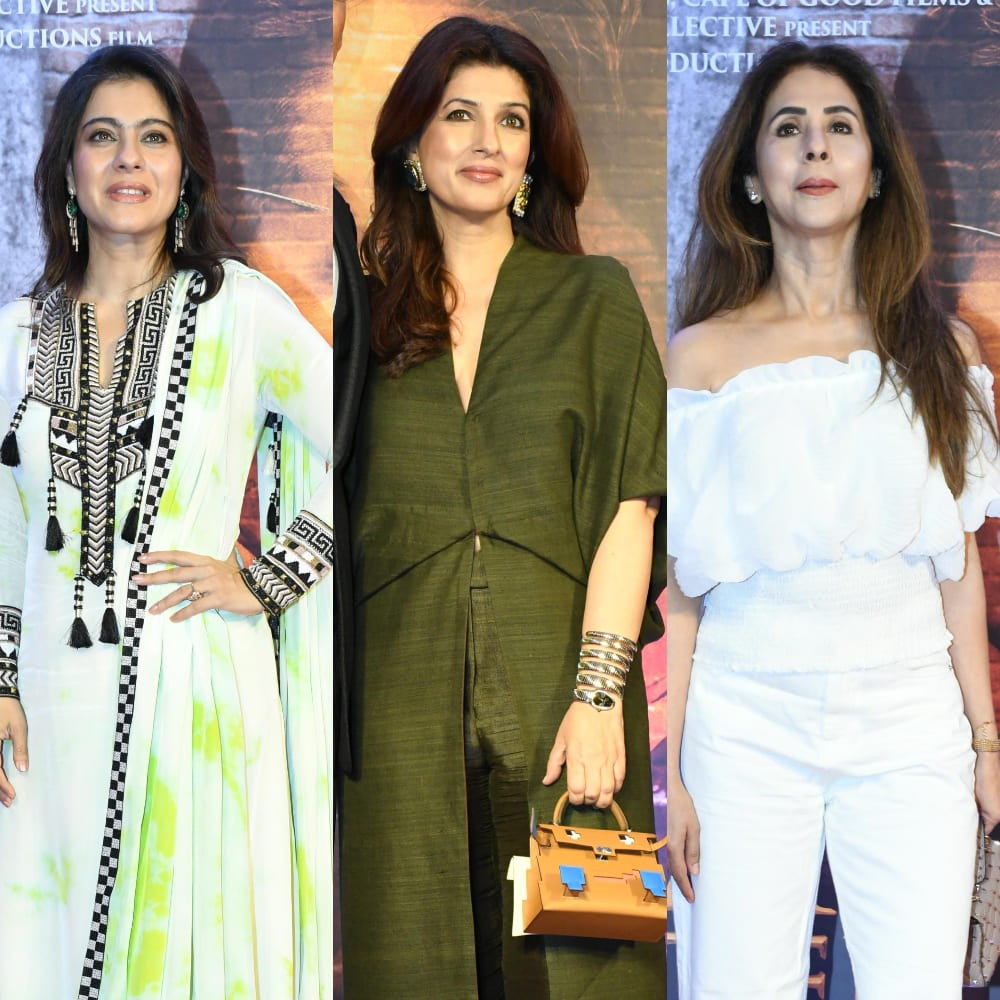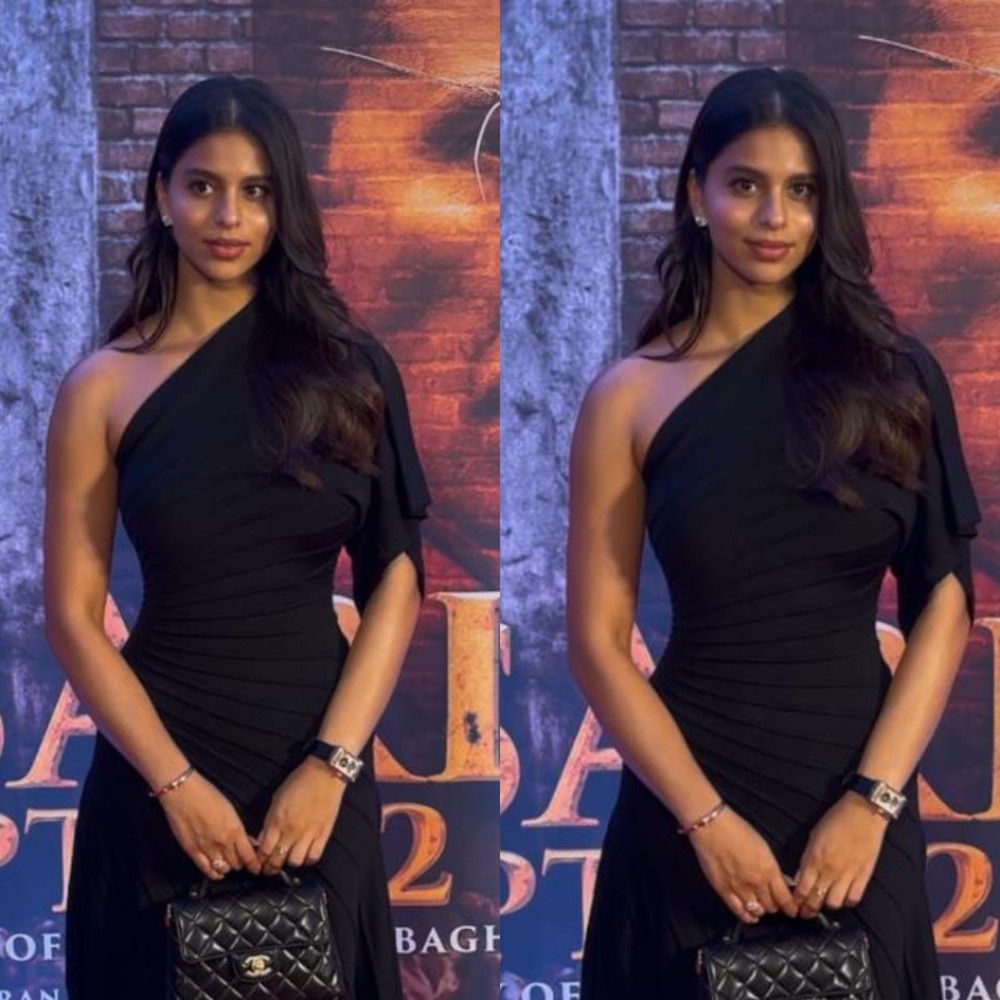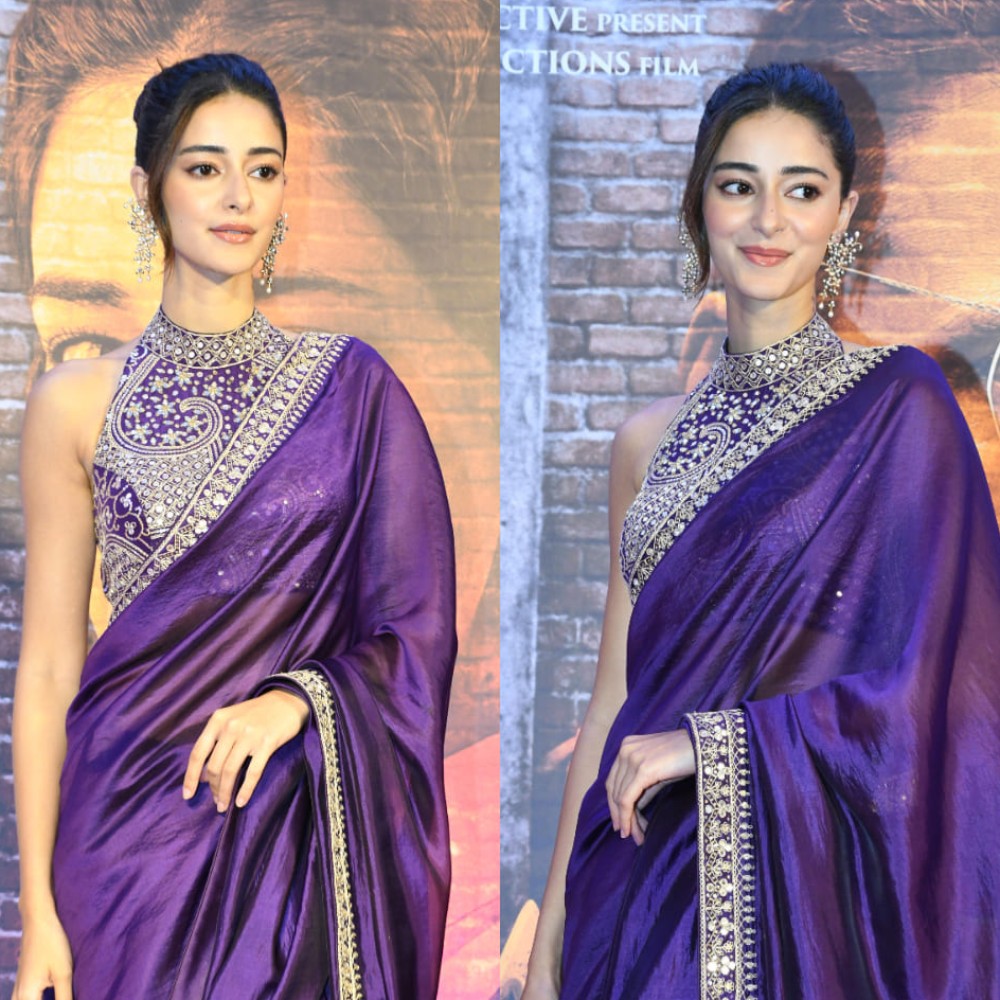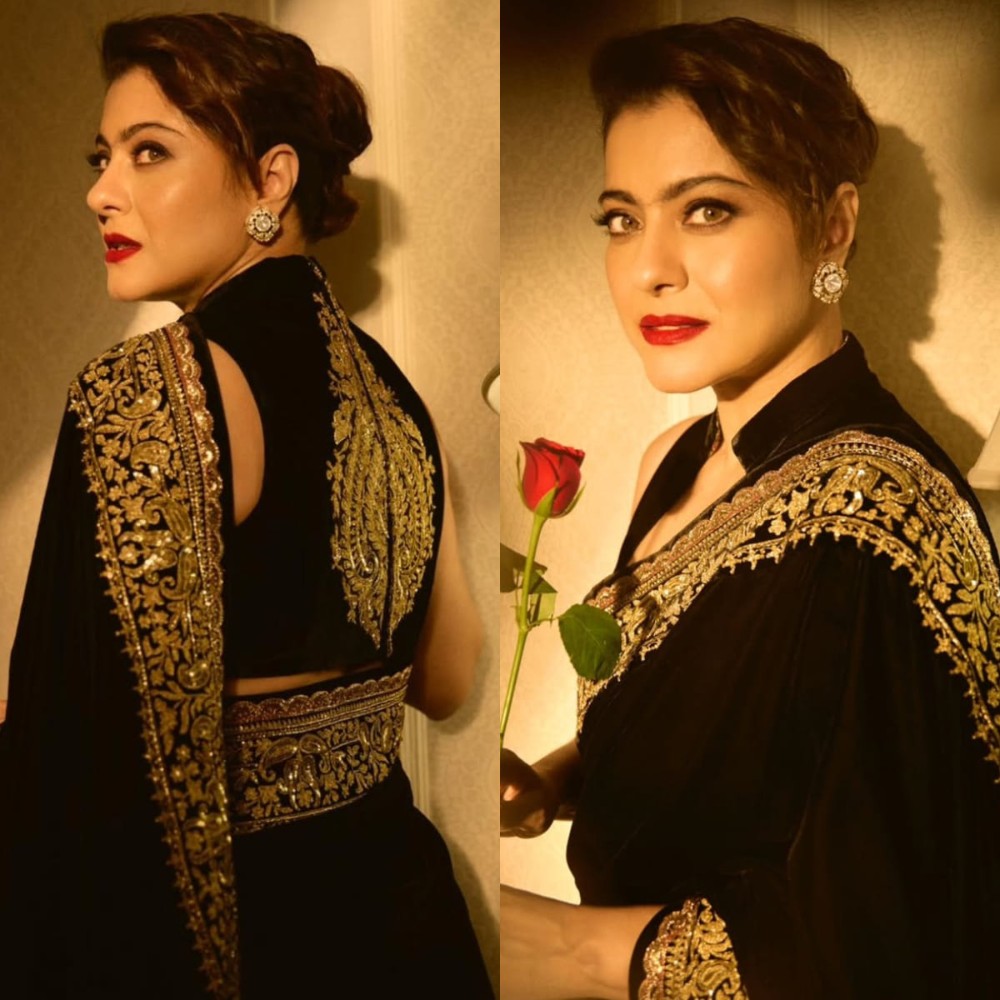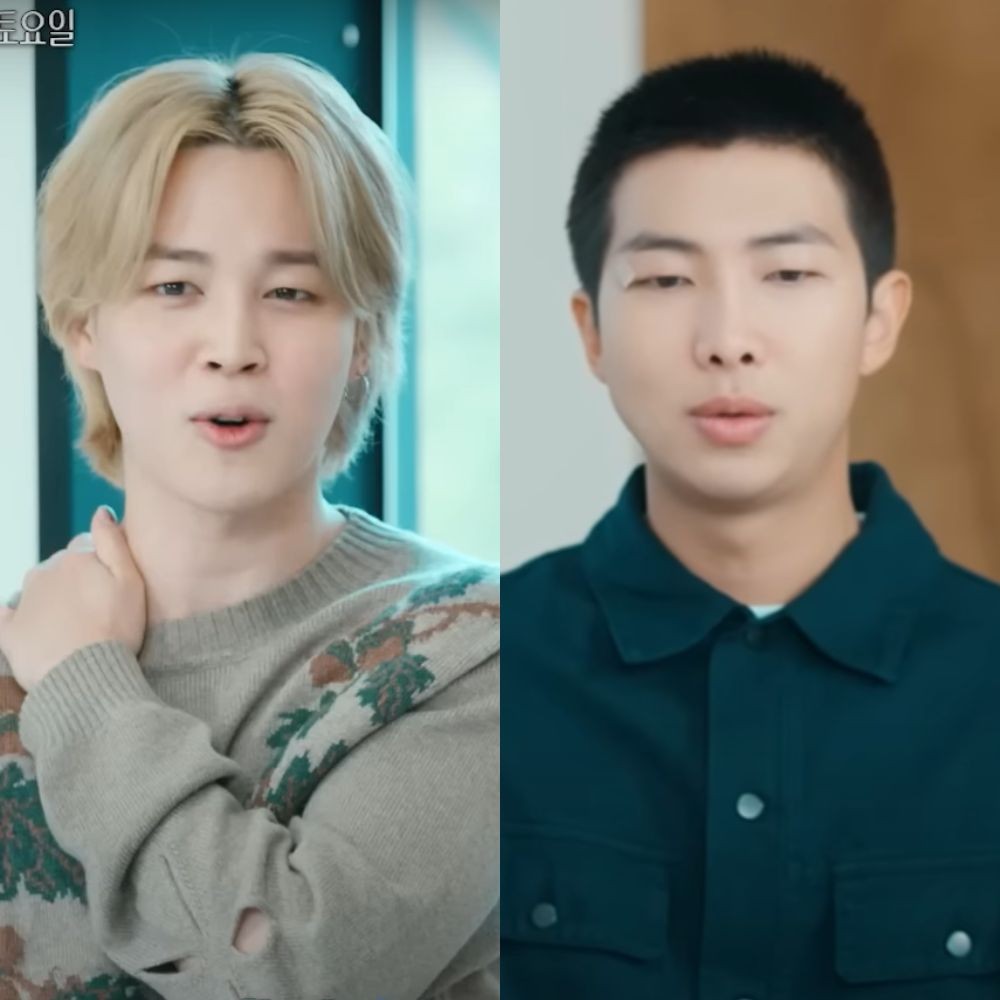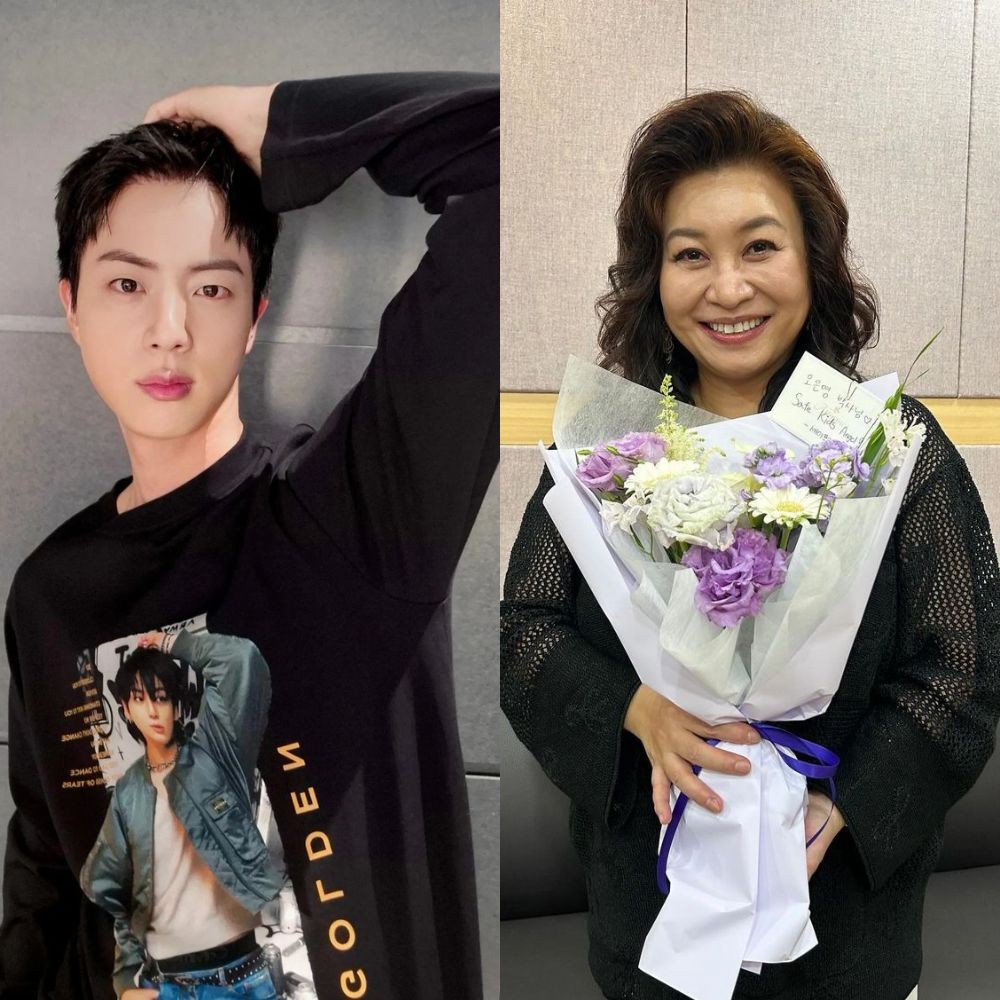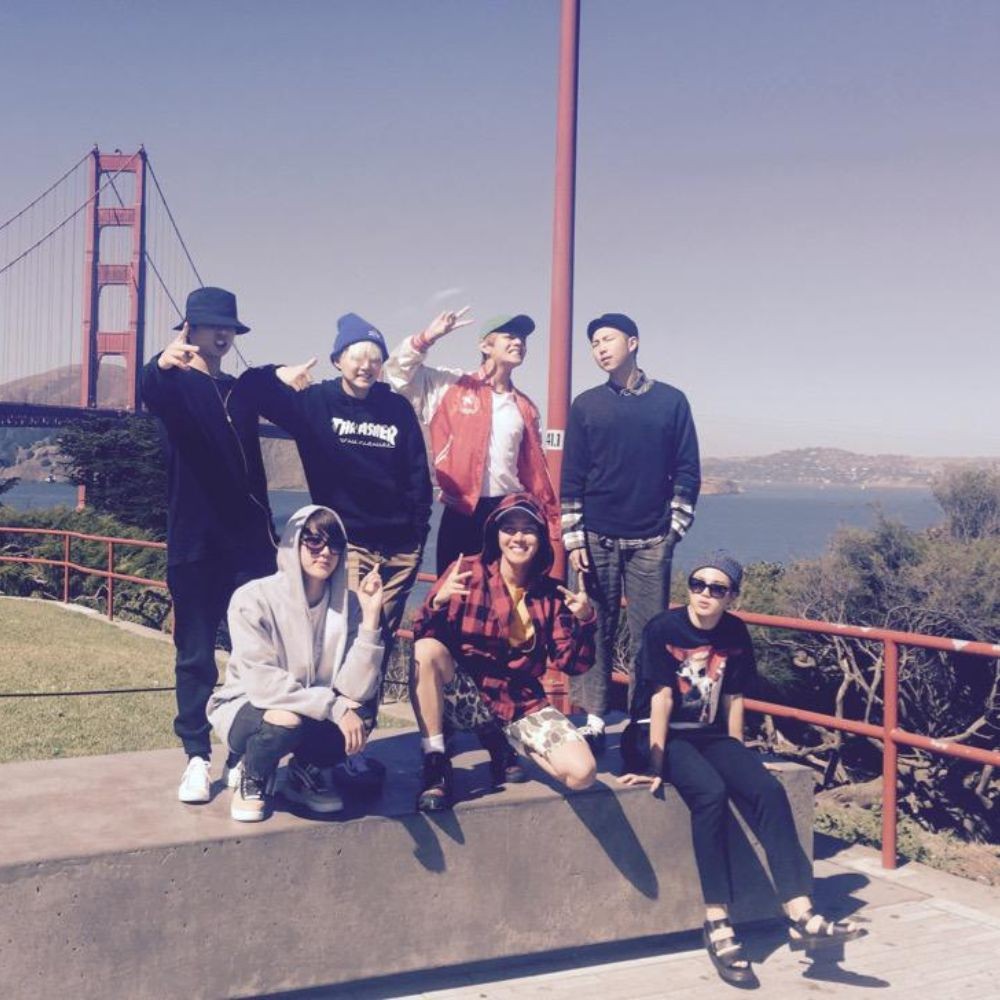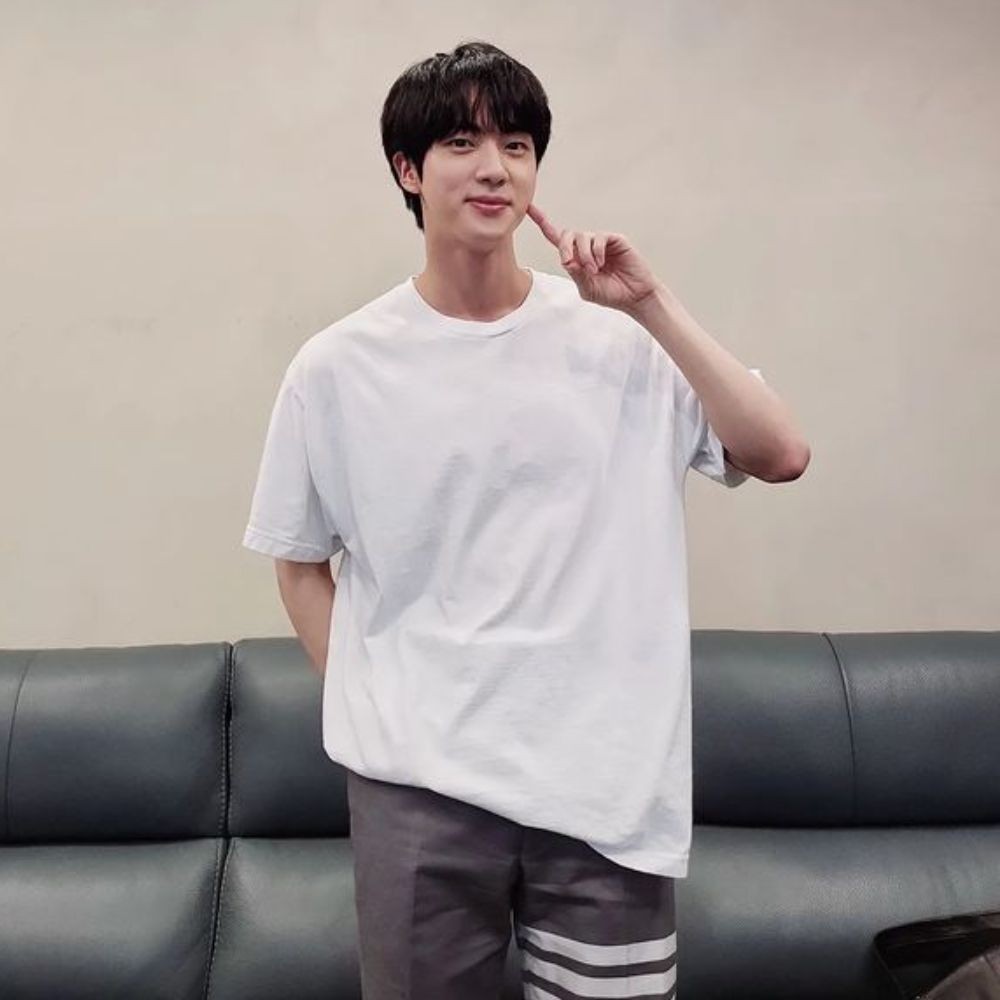'Namjoon portrays standards pushed by society': 8 fan theories analyzing cinematic genius that is BTS' RM's Come back to me
BTS’ RM dropped the music video for the pre-release track Come back to me. Let’s check out eight fan theories connected to the music video.
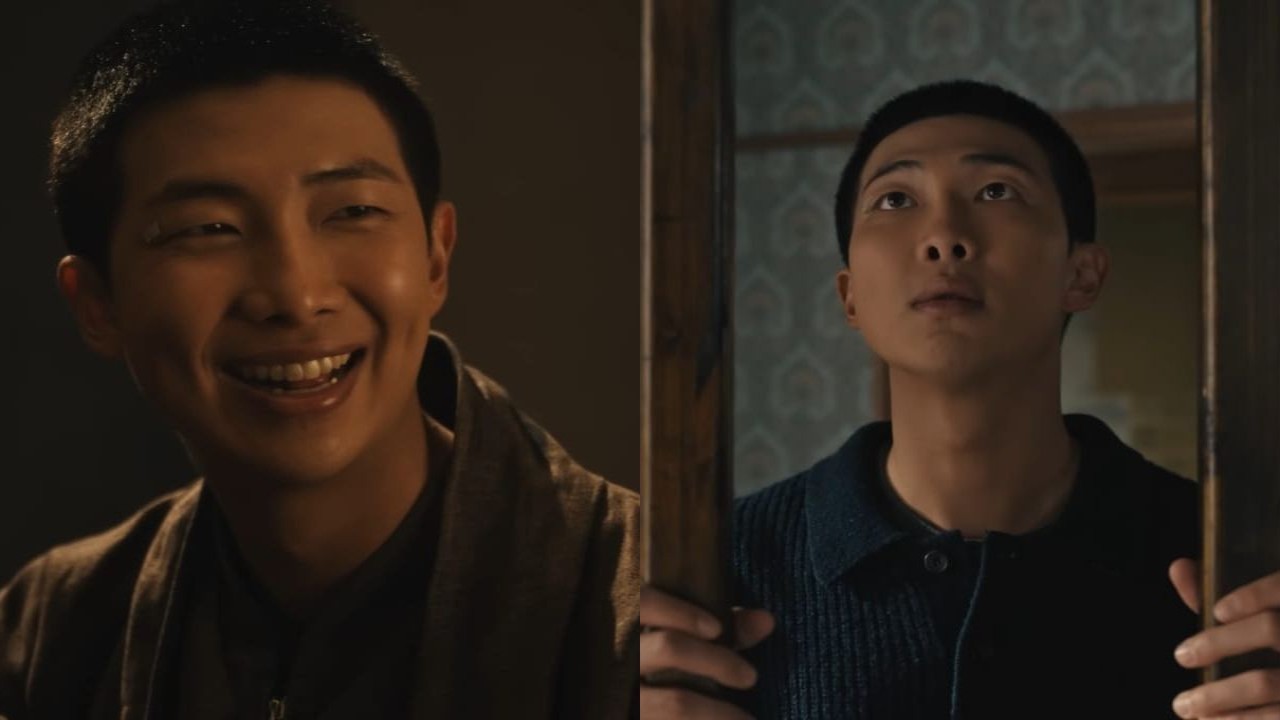
On May 10 at 1 PM KST, 9:30 AM IST, BTS member RM dropped a new track titled Come Back to Me from his upcoming solo album Right Place, Wrong Person. The song, categorized as indie pop, delves into the album's central theme of "right and wrong." Notably, Oh Hyuk from the band HYUKOH collaborated with RM in composing and writing the lyrics for this captivating song. Let’s check out 10 fan theories connected to the MV.
Breaking societal expectations
In the video, BTS' RM explores various lives until he discovers happiness. One scene depicts him as a loving husband and father, sharing a tender moment of brushing his teeth with his wife and daughter. Despite persistent rumors about his marriage plans, RM has openly admitted that he's uncertain about when he'll tie the knot.
RM actually confessed his fear of marriage before his enlistment. During his appearance on the tvN variety show The Dictionary of Useless Human Knowledge, the rapper opened up about his worries regarding tying the knot. Despite this, he admitted that he used to think he would eventually get married, probably influenced by societal norms.
RM has come to realize that his life doesn't need to conform to societal norms. Consequently, he's uncertain about whether marriage is in his future. This sentiment seems to be echoed in the Come Back to Me music video, where RM portrays the different "roles" society expects us to fulfill.
Ultimately, he discovers his own happiness, separate from societal pressures. In the MV, RM depicts the conventional standards imposed by society, such as having a spouse and children, and living in a perfect home. This is juxtaposed with his relaxed hangouts with friends, highlighting the contrast between the life he's "supposed" to lead and the one he actually desires.
Different mazes of life
Another emerging theory suggests that RM is navigating through a maze in search of inner peace. In the music video, RM is depicted running through what appears to be a labyrinth. He moves from one room to another, experiencing different scenarios and living various lives, yet he never seems truly content until the end when he walks away with the one person who brings him happiness.
The imagery in the video suggests that he is trapped in a maze representing the stages of his life, and he can only exit once he has come to terms with his past and embraced his future.
Kim Minah is RM’s alter ego?
Some fans speculate that Kim Minha serves as RM's alter-ego in the music video. Typically, an alter-ego is portrayed by a different gender to symbolize contrasting aspects within one individual, often representing two distinct perspectives or energies. Therefore, this interpretation might not be far off. The fact that both characters seem to desire to exit through the same door suggests a unity between them, implying that perhaps they need to journey together to escape the trap and attain peace.
Beauty of the company
Fans observed that the music video concludes with RM finding someone who truly understands the depth of his feelings of being lost. This suggests that there may be beauty in companionship during times of uncertainty. Having someone by your side as you navigate the unknown can provide a sense of comfort and support.
Namjooning in the music video: Plants used for symbolism
The incorporation of plants adds significance to the music video's plot, reflecting RM's affinity for nature. The Monstera Deliciosa, featured during RM's time with family, symbolizes respect and longevity, fittingly representing the stability of family life. When RM hides behind the Bird of Paradise leaf, which symbolizes freedom, it coincides with the moment he encounters the woman who helps him open the door, signifying a newfound sense of liberation.
Fans also noted the presence of bonsai trees throughout various scenes, reflecting RM's known fondness for them and suggesting their significance across different timelines in his universe. In the courtyard scene, the inclusion of an Asian bayberry, known for its calming properties in Japanese culture, adds to the tranquil atmosphere and reflects RM’s nature.
As the characters finally open the door to escape, all the plants come together, including the Monstera, the Bird of Paradise, and the bonsai tree, symbolizing a mixture of themes of respect, freedom, and serenity as they embark on their journey towards peace and understanding.
The Midnight Library- Come back to me
Fans have noticed striking similarities between Come Back to Me and the book The Midnight Library. RM seems to be reliving different phases of his life, experiencing both bitterness and joy. He revisits moments with his parents, his romantic relationships, an unhappy marriage, parenthood, his wild days with friends, and there's even a mysterious door involved. Kim Minha is like the librarian guiding him through these experiences. The door acts as a portal to different phases, with RM frantically moving between them. The final scene mirrors the bookshelf from The Midnight Library, where each book represents a regret, echoing Nora Seed's journey in the novel.
In The Midnight Library, Nora Seed, a 34-year-old woman battling depression, attempts suicide and finds herself caught between life and death in the Midnight Library. There the Librarian, (symbolized in the music video by Minha), presents her with books, each representing a regret in her life such as failed relationships and family issues.
In the music video, this is depicted by RM running through corridors, opening one door after another. Nora is offered the opportunity to explore different paths she could have taken, questioning whether alternate decisions would have led to a better life. Ultimately, she realizes that her current life is the best version and decides to embrace it without regrets. This mirrors the ending of the music video where RM, accompanied by Minha, symbolizing the librarian, leaves the place content with his current life. The door RM yearns for represents life itself.
Continuation of Indigo
Indigo concluded with No.2 featuring Park Ji Yoon, a song about moving forward without dwelling on the past. "No looking back. It's time to protect yourself" captures the theme of letting go and embracing change. Come back to me picks up where Indigo left off, signifying a transition into the next chapter. It's about moving forward, making improvements, and embracing new beginnings.
The door with three colors
In the music video, RM passes through a door painted with circles in three distinct colors. The red signifies his bonds with friends and loved one, the blue represents his family ties, and the green evokes memories of his childhood. Each time he opens the door, he confronts doubts about his role in society and his place in relationships. By revisiting his past as a kid, he gains clarity, and as he opens the door one last time, he finds inner peace and resolution.
Stay updated with the latest Hallyu news on: Instagram, YouTube, Twitter, Facebook and Snapcha





 JOIN OUR WHATSAPP CHANNEL
JOIN OUR WHATSAPP CHANNEL